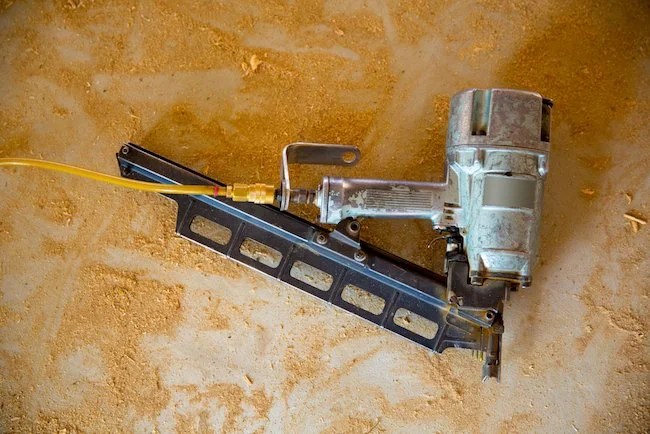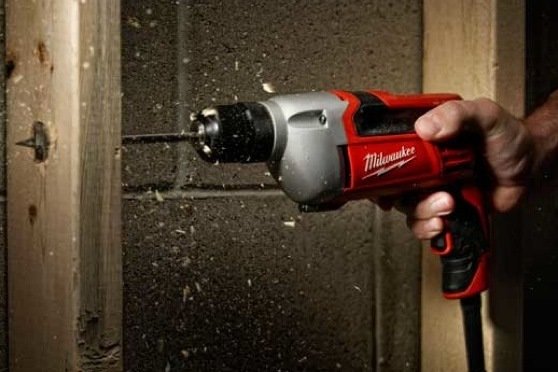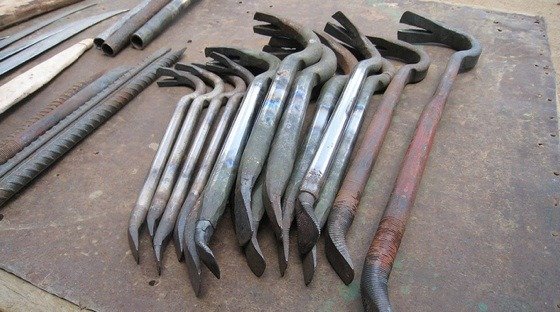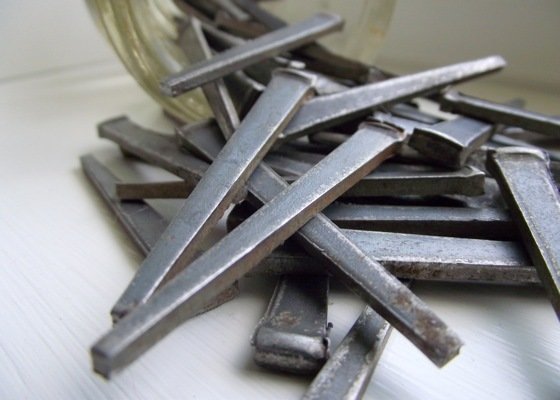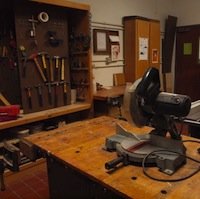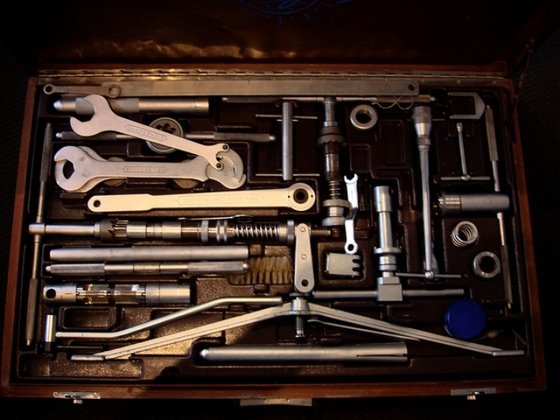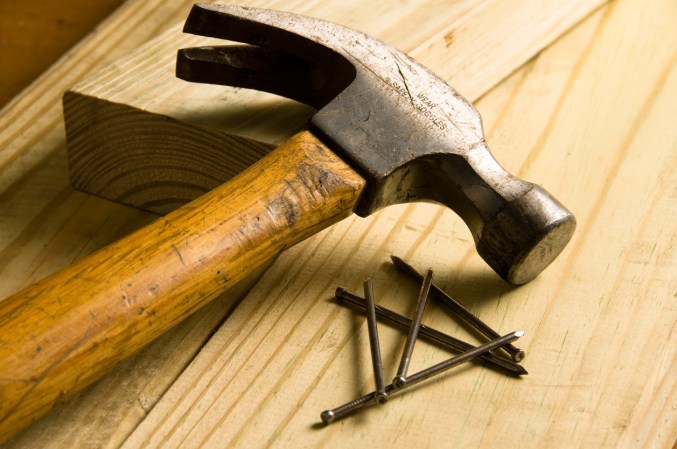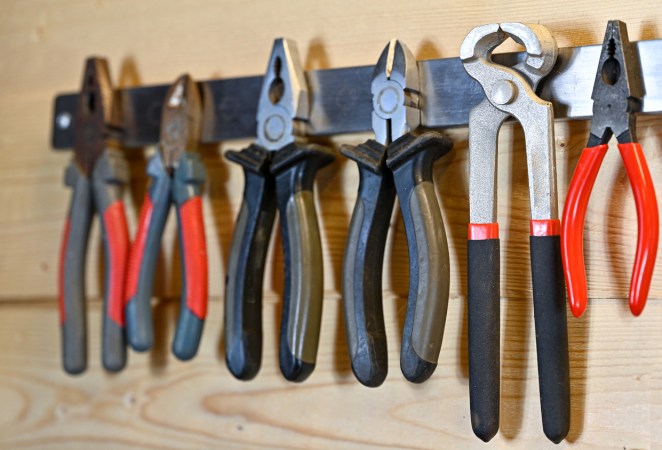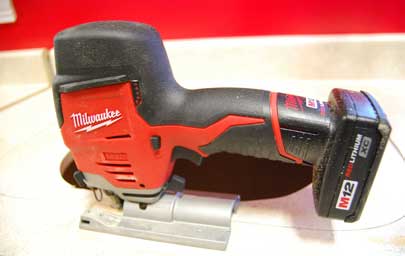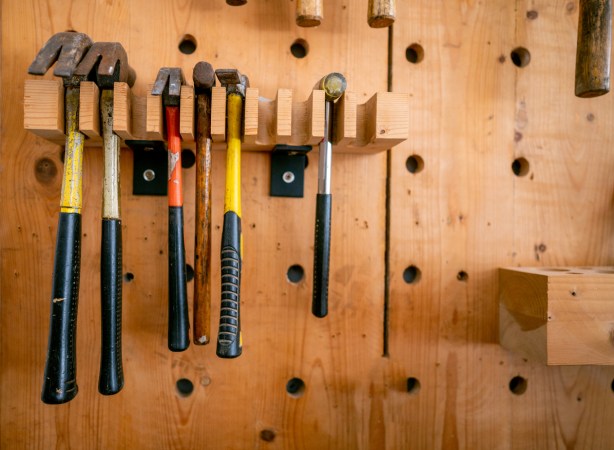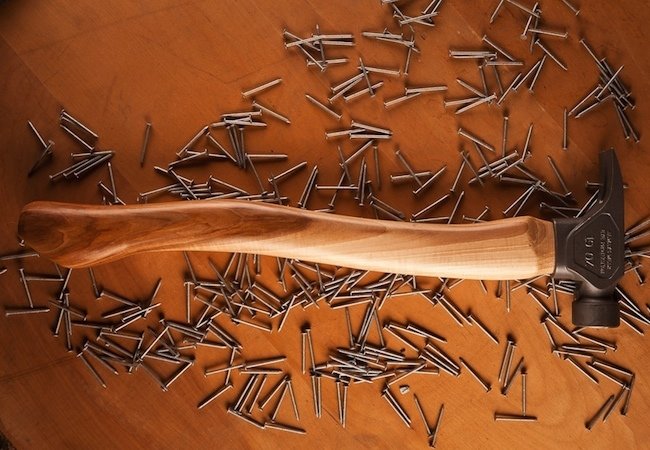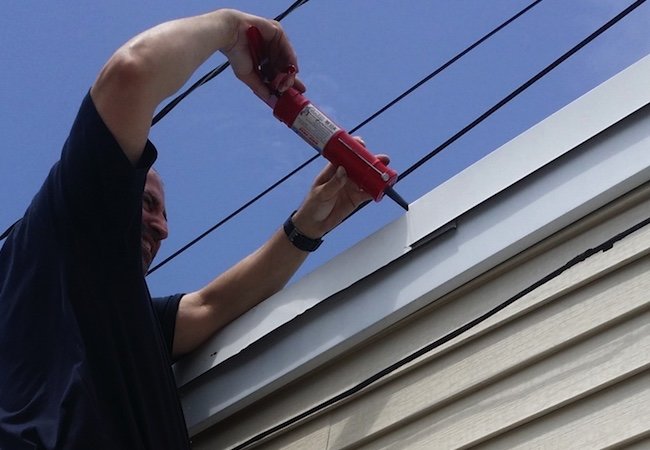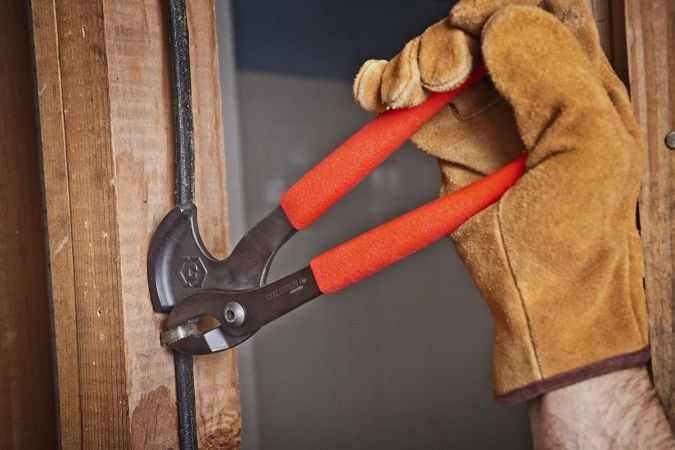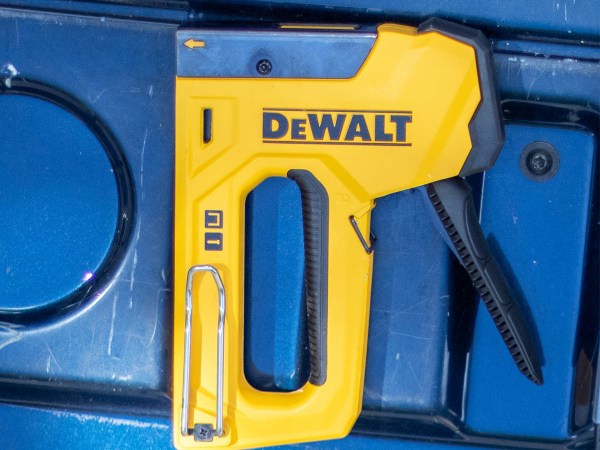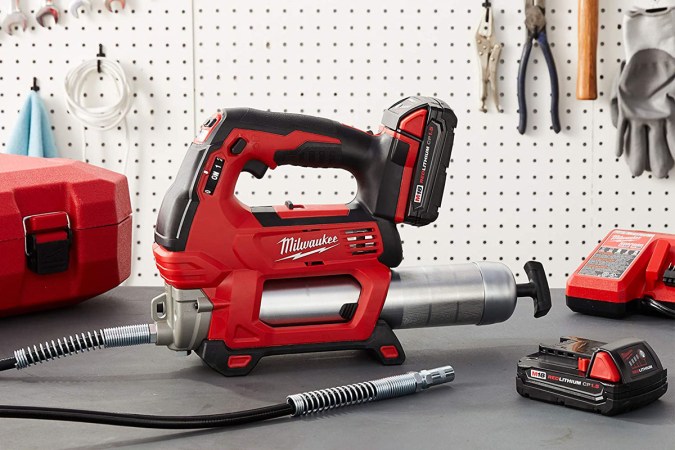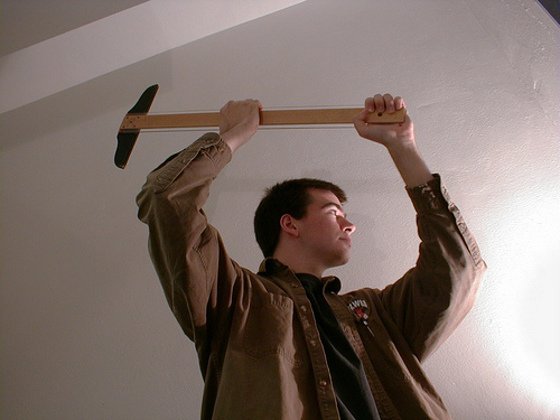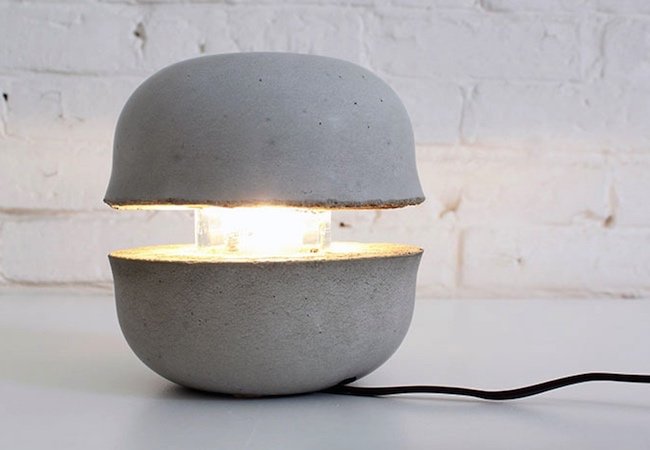We may earn revenue from the products available on this page and participate in affiliate programs. Learn More ›
Pneumatic nailers, known as nail guns, have changed the way builders work, and are as common on the job site nowadays as circular saws and cordless driver/drills. These handy tools use compressed air to hammer or shoot nails into wood. Typically, pneumatic nailers are dedicated to specialty uses, such as framing and sheathing, finish, or roofing.
For the homeowner, handyman, or remodeler pneumatic nailers can appear out of reach. Fortunately, a nailer dedicated to a specific task is not a necessity—for that matter, neither is the compressor. If you find yourself using a variety of fasteners, or work in tight spaces where swinging a hammer isn’t practical, or in situations where there’s either no place to plug in a compressor or no reasonable way to drag an air hose, you’re in luck.
Palm Nailers
For efficiency in using a variety of nail sizes, ease of control, safety, and comfortable use in close quarters, it’s hard to beat a palm nailer. Palm nailers weigh in at roughly three pounds, and as the name suggests, fit in the palm of your hand. A magnetic tip will hold the nail in place, and because you use bulk nails, there are no worries about buying the right type of nail for the tool. Unlike a regular pneumatic nailer, there’s no trigger and no possibility for the ballistic misbehavior sometimes associated with regular nailguns.
Because palm nailers depend upon a slight forward pressure by the user to trigger a rapid (from about 1,000 up to roughly 2,000 blows per minute) hammering action, there is no chance of an accidental discharge and nearly no possibility of a nail going someplace unintended. Depth control is straightforward — stop pressing on the tool and it stops working.
Palm nailers can be handy for applications where placement and depth must be precisely controlled, or where misdirected hammer blows are unacceptable, or when working conditions are cramped. Manufacturer recommendations include nailing joist hangers, decking, fencing, and in some cases wood-to-concrete applications.
Cordless Nailers
Sometimes you want the speed and convenience of a nailer, but don’t want the bother of a compressor and hoses. For random framing, punch list work, trim, places where there’s no electricity for a compressor, or odd, quick jobs, cordless nailers are available.
Cordless nailers work much like pneumatic nailers, but they use an internal-combustion “motor,” rather than a blast of compressed air, to create an explosion that provides the nail driving force. Like their compressed air-driven counterparts, cordless nailers are available for a variety of jobs, including framing. Popular models carry up to 44 nails from 2 to 3-1/4 inches long; are suitable for light framing, remodeling, soffits, decks, and repairs, with a nailing rate of 2 to 3 nails per second; and will fire about 1,200 times on each replaceable fuel cell. Other models are available for lighter jobs, including trim work.

